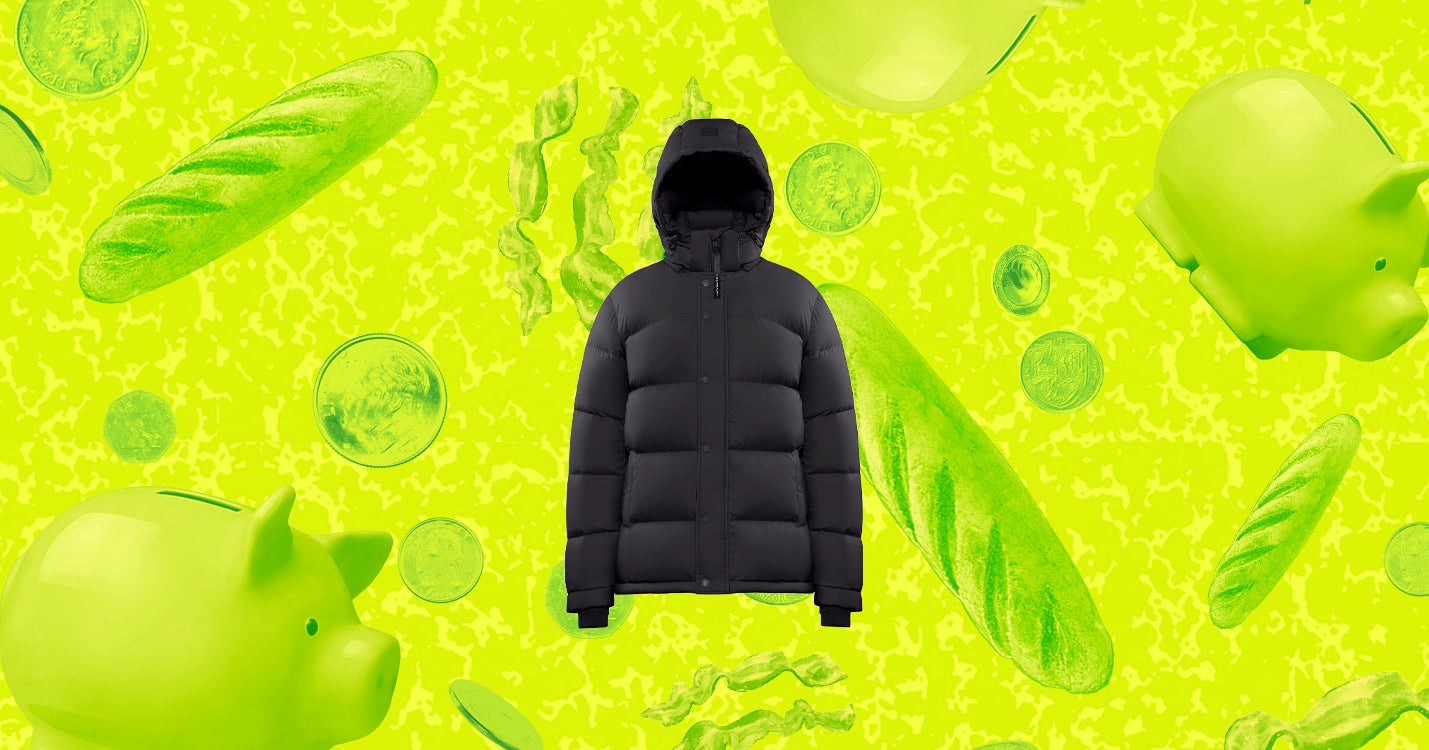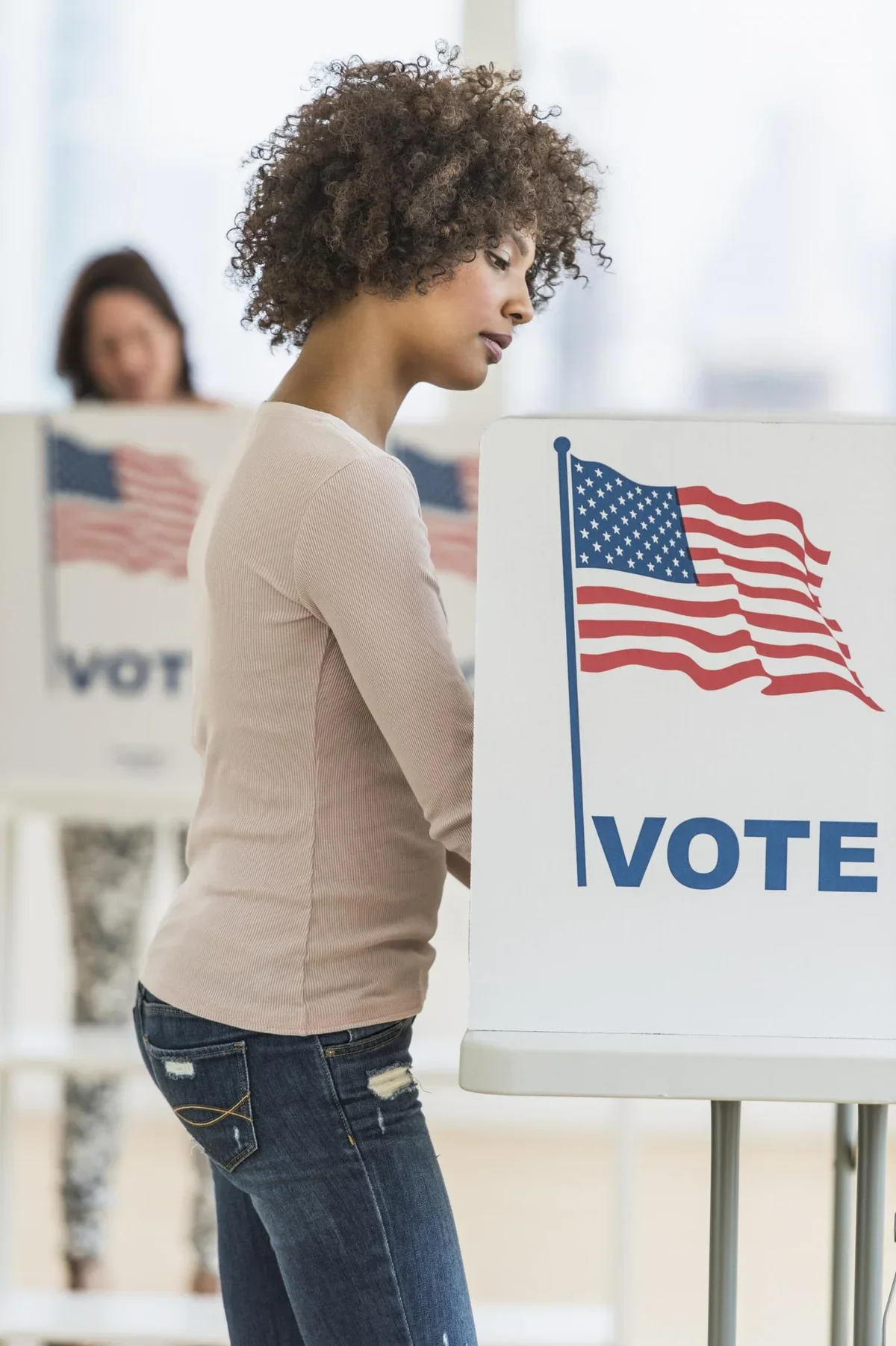
In recent years, plus-size fashion has grown tremendously, offering a wider range of styles and sizes. Stores like Old Navy now offer up to a size 30, and many companies like Fashion Nova provide several of the same options in both straight and extended sizes. This positive development, however, masks a concerning trend–the rise of shapewear as a near-essential element for finding accessible, stylish and trendy clothing for fat individuals. While this abundance of “inclusive” shapewear options may seem like progress, hidden beneath its guise of everyday clothing is a deeper issue at play.
Because of beauty standards and social norms, shapewear is deeply interwoven into the fabric of the fashion industry. Foundation garments play a critical role in perpetuating the desire for thinness, creating the illusion of a smaller and more shapely body, and this pursuit of a desirable body fuels body dysmorphia and negative self-image. Although this pursuit of social acceptability is harmful to women and femmes of all body types, it is an even greater detriment to those existing in fat bodies, who are not only affected by a lack of clothing options but also are afflicted by the historical and fatphobic impact of shapewear, social media, and the fashion industry as a whole.
The Historical Context of Shapewear
Shapewear’s sphere of influence goes beyond Yitty, SKIMS, and Shapermint and can be traced back to the 1500s when corsets were initially v-shaped, shorter, and not tied tightly, as they were intended to be worn for breast support– not for waist cinching. However, as fashion trends shifted during the Victorian era, the promotion of “a flat front and bustle behind” and the hourglass figure led to longer, tighter-fitting foundation wear that accentuated and created the illusion of a smaller waistline.
As societal norms continued to promote thinness and hourglass shapes as body standards due to the rise of media and shifts in gender norms, women and femmes began to forgo corsets and opted for girdles as a more practical option, thus leading to the inception of brands such as Lycra in 1958 and Spanx at the turn of the 21st century.
Throughout the early 2000s and 2010s, shapewear became increasingly important in being used as a corrective tool to achieve the coveted skinny body. Although thin people utilized formation garments to perfect their physiques, fat women and femmes faced even more challenges and societal pressures to conform due to their size being deemed undesirable and problematic.
Content creator April Tillman reflects on her own experience during this time, saying she remembers how her family’s use of shapewear influenced hers.
“In high school, I remember wearing [Spanx] religiously, and I would be sitting at my desk feeling the painful squeeze around my thighs, and around my waist– especially right under where your bra meets the top of the shapewear,” she says. “When I came home from school, the very first thing I would do was run to the bathroom and rip my Spanx off. Despite having welts all over my thighs and waist, that never stopped me because I got the results and compliments I wanted.”
During this time, the body positivity movement played a pivotal role in amplifying the challenges that fat people face, using the internet to inform the masses of fatphobia and disparities in health care, fashion, and other facets of everyday life.
However, the shapewear epidemic prevailed by companies finding unique ways to reinvent their products by marketing themselves as more inclusive. In 2019, Kim Kardashian introduced SKIMS, a shapewear brand that “has focused on inclusive sizing from the beginning,” featuring a rare size range from XXS to 4X in various styles of undergarments and subsequently, the viral slip dress that has been duped by so many small, Amazon-based brands including Popilush.
SKIMS’ success gave rise to other size-inclusive foundation wear brands such as Lizzo’s Yitty, featuring plus-size friendly athleisure with built-in cinchers, fun colors, and patterns in relatively affordable prices, and even non-shapewear-based brands like Fashion Nova are now incorporating “snatched” technology into their garments.
With shapewear being built into clothing and being promoted as sexy, casual, comfortable and something to be embraced in everyday life, the fact that it is becoming more and more inescapable creates an environment where fat women and femmes–who already have limited clothing options as is–now have to contend with being pressured into shaping their bodies in society’s image.
“The evolution and rebranding of the shapewear industry has reminded fat people that if we are to be granted access to the things [such as clothing] that thin people have, we will have to endure the messaging and controls of the world they live in,” JerVae, an artist, and founder of Fat Black Liberation tells ESSENCE.com.
The Faults of the Fashion Industry
But the lack of access to plus-size clothing doesn’t stop and end at shapewear–the fashion industry as a whole is to blame. With less than 20% of all clothing being plus-size in a world where the average American woman wears above a size 18, the hypervisible gap in garment access highlights how insidiously fatphobic and careless the fashion industry is when it comes to larger-bodied people.
Sex coach and creative director Ashleigh Nicole Tribble shares her experience as a fashion sales intern, noting that larger clothing options were scarce and distinctly styled, deviating from the aesthetic and style of straight-sized alternatives.
“As a plus-size intern, [I also experienced] being one of no more than two to three plus-size people working in the entire company, having my suggestions and concerns be challenged, dismissed and catastrophized, and rampant fatphobic attitudes in office environments and culture,” Tribble said.
On a personal level, shopping for plus-size clothing is an even more disappointing endeavor.
“It’s always been terrible,” says writer Jess Sims when discussing the lack of options in New York City where she resides. “The only options I can think of in a city the size of New York are Nordstrom and a couple of tiny Targets, and it has not been great,” Sims adds.
For JerVae, intersectionality is important to consider when it comes to the lack of plus-size options, especially for disabled folks living in infinifat bodies or those who wear above a size 30-32. “The fact that extended sizes are primarily online is very classist as some of us don’t even have homes to receive packages. Some of us can barely afford to travel to stores to try on clothing,” they said. “So imagine going out of your way to do this only to find out that your size isn’t offered in-store.”
Social Media’s Role in Perpetuating Beauty Standards
The negative impact of the shapewear and the greater fashion industry on fat folk is even more noticeable and amplified by social media.
According to Tillman, digital platforms not only serve as a marketing tool for brands where they post their content and collaborate with influencers, including those who are plus-size, to promote their products, but the prevalence of this content helps to promote unrealistic beauty standards.
“A lot of plus-size influencers do not disclose that they are wearing shapewear in their videos while showing themselves putting on an outfit from a different brand,” Tillman said. She notes that the average person watching thinks that the clothes are going to fit them the same way, but when it doesn’t, it contributes to a “feedback loop” of negative self-image.
JerVae notes that the influx of shapewear content that promotes shapism or the emphasis on socially acceptable body shapes, also impacts body image by severely limiting people’s ability to express themselves and their gender.“It doesn’t create enough space for size, shape, or even gender diversity within the fat community, and as a fat, non-binary person, this personally hurts me because only having options that promote hourglass shapes is not gender-affirming,” they tell ESSENCE.com.
For things to truly change, it’s up to the fashion industry as a whole to collectively rebuke fatphobia, but for Sims, this is a far cry from reality due to the industry’s capitalistic nature.
“I remain reticent to think that there will ever be change,” Sims says. “[We have to remember that] the fashion industry is [inherently] racist, fatphobic and classist, and they have no interest in serving a wider range of customers outside of doing the bare minimum to get money.”







